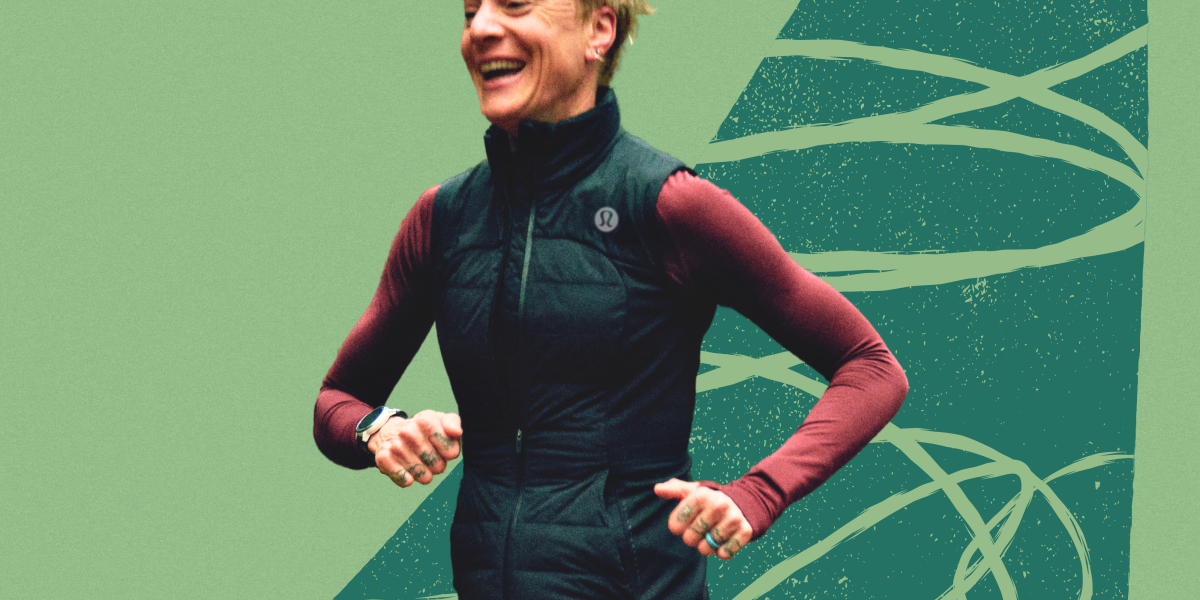I missed tons of races due to illness, but because I didn’t meet all the diagnostic criteria for lupus, I was diagnosed with undifferentiated connective tissue disease. In other words, they had no idea what was wrong with me. Although I was being treated for my stomach issues and thyroid imbalance, I didn’t have access to specific medications without a lupus diagnosis. So I wasn’t improving.
Then, in June 2022, I started feeling markedly worse. I developed Raynaud’s disease, which caused my toes and fingers to turn white and blue and go numb. For most people, cold air is a trigger, but I was having attacks even in 70-degree weather. I also had intense fatigue, really bad joint pain and stiffness, cold sores that didn’t respond to medication, and chest pain that eventually felt like someone was driving a knife through my lungs. The discomfort got so bad at the Hennepin Hundred 100-mile race in October that I ended up dropping out at mile 50, when I was leading the entire field.
It turned out I had pleurisy, a condition in which the layers of tissue between your lungs and your chest wall become inflamed. It’s a common problem among people with lupus. Within a few days of dropping out of the race, my rheumatologist diagnosed me with lupus. The first thing I asked him was whether I could keep running. Thankfully, he encouraged me to continue.
To manage my lupus, I take immunosuppressant medication to keep my immune system from attacking my healthy organs. I’ve also had to focus on reducing stress, make some dietary changes, and try to avoid germs (I still wear a mask if I go on airplanes and in crowded places).
But I’m not going to let my health force me into retirement. In fact, I’m focused on training for FURTHER. My goal is to see how much distance I’m capable of covering over a six-day period. In 2020, I completed a 10-day challenge to finish 10 50Ks—in the first six days, I ran just under 199 miles. As for how much I’ve racked up in one day, my current record is 101.5 miles. I’d love to hit certain mileage targets each day at FURTHER, but the event is about so much more. All of the competitors are women, so it’s really a celebration of our potential. If I can be present with my Lululemon teammates and celebrate their achievements, I’ll consider it a success.
I know the biggest hurdles will be figuring out sleep, fueling, and little things, like getting comfortable running in glasses, since I can’t wear contacts for the entirety of the six-day race. But I just want to enjoy the heck out of myself while doing something that challenges me.
At this point, I’m still learning what it takes for me to optimize my training with lupus, but these are some of the strategies that are working for me so far.
1. Track how you feel, and look for patterns.
I treat my symptoms like a science experiment. I use an app called Bearable to track variables like my diet, stress levels, mood fluctuations, sleep quality, and the 40 or so symptoms I may experience, depending on the day, including fatigue and dips in energy, joint pain and other types of pain, Raynaud’s, and skin issues. Keeping track of all these factors helps me identify any possible correlation between my daily habits and my health.
